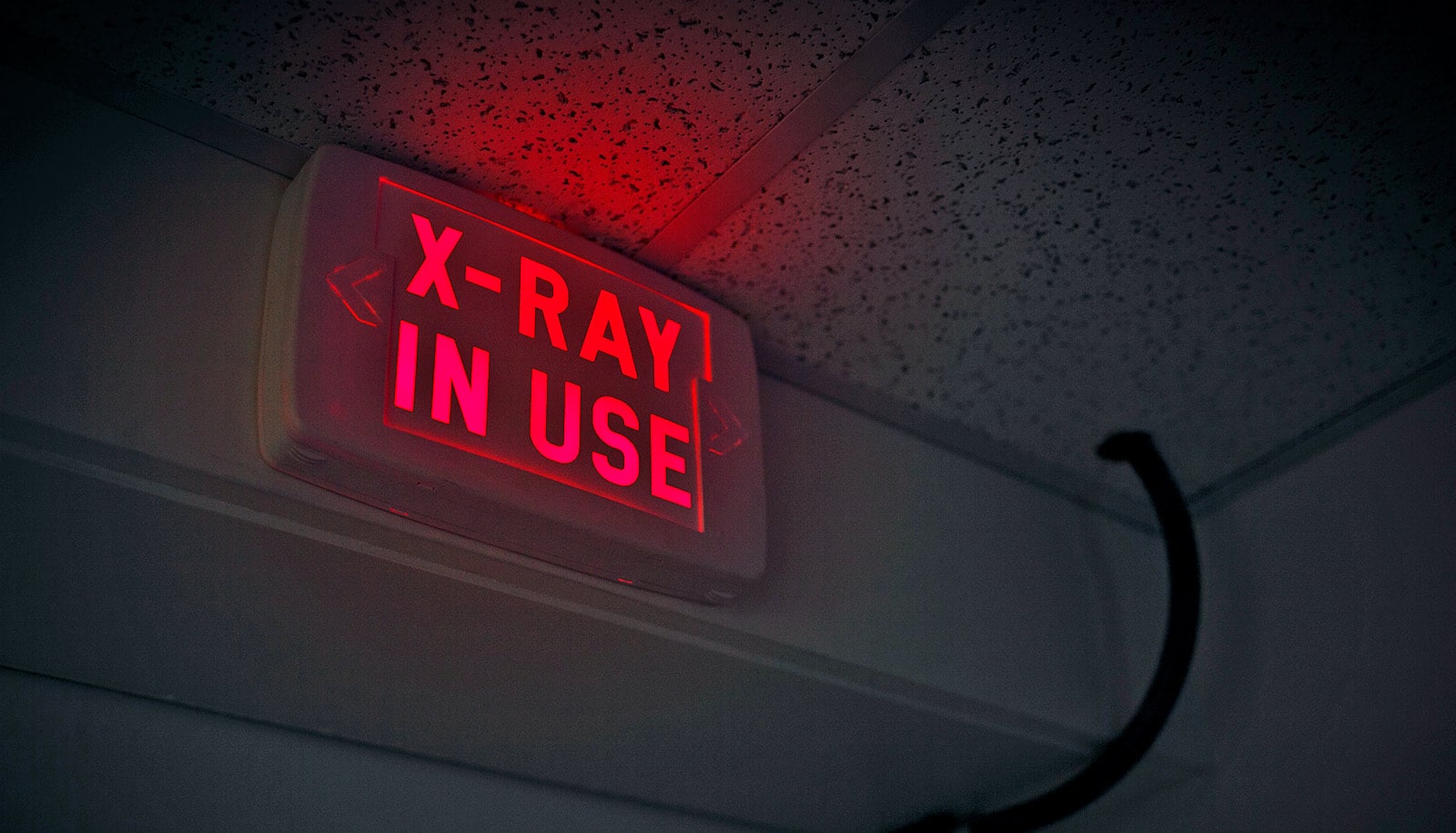FLASH radiotherapy could one day give cancer patients their entire course of radiation therapy in less than a second.
In a report in the International Journal of Radiation Oncology, Biology, and Physics, the researchers detail how they used proton radiation to generate the dosage needed to theoretically give a cancer patient their entire course of radiotherapy in one rapid treatment.
In this study, researchers also found FLASH demonstrated the same effect on tumors as traditional photon radiation while sparing healthy tissue due to the shorter exposure time.
“This is the first time anyone has published findings that demonstrate the feasibility of using protons—rather than electrons—to generate FLASH doses, with an accelerator currently used for clinical treatments,” says co-senior author James M. Metz, director of the Roberts Proton Therapy Center and chair of radiation oncology at the University of Pennsylvania.
Metz notes that other research teams have generated similar doses using electrons, which do not penetrate deep enough into the body to be clinically useful as a cancer treatment for internal tumors. Other groups have tried the approach with conventional photons, but currently available treatment devices do not have the ability to generate the necessary dosage. This study shows, that with technical modifications, the currently available accelerators for protons can achieve FLASH doses with the biologic effects today.
The key for the research team was the ability to generate the dose with protons, and even in that setting, researchers had to specially develop the tools needed to effectively and accurately measure radiation doses, since the standard detectors were quickly saturated due to the high levels of radiation. The researchers used a dedicated room to run experiments like these, allowing investigators to use photon and proton radiation side-by-side just feet from the clinic.
“We’ve been able to develop specialized systems in the research room to generate FLASH doses, demonstrate that we can control the proton beam, and perform a large number of experiments to help us understand the implications of FLASH radiation that we simply could not have done with a more traditional research setup,” Metz says.
Researchers say they are already beginning to optimize how they would use this down the road for clinical trials, including taking the necessary steps to translate the ability from the research room to a clinical space, as well as designing a delivery system for FLASH in humans.
Source: Penn



